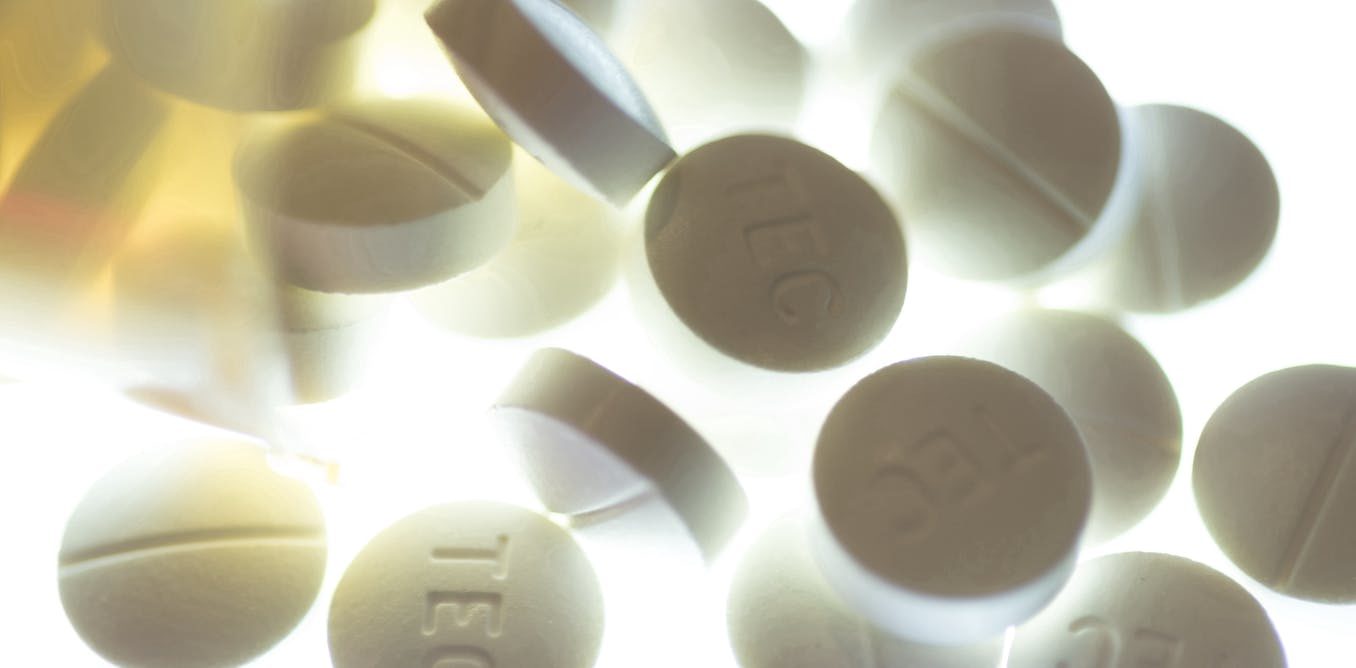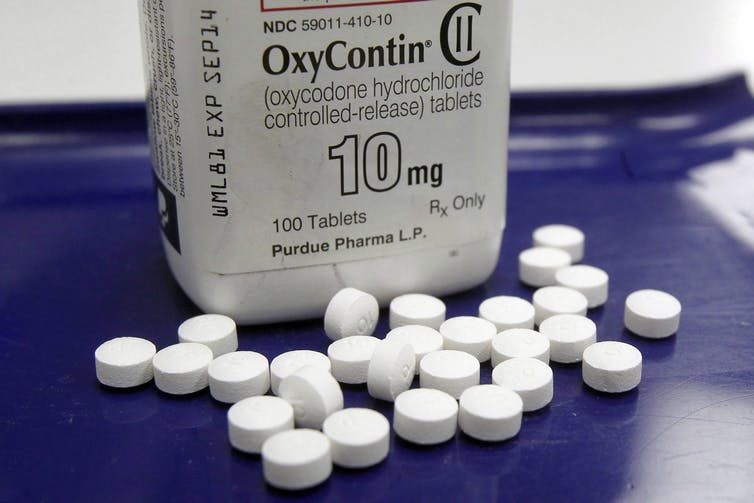
Purdue introduced the prescription drug OxyContin in 1996 and marketed it as safer and less addictive than other opioids. This is now seen by many as the beginning of the opioid crisis in Canada. The settlement in question was meant to compensate patients who were victims of the opioid epidemic and the provinces for some of their additional health-care costs in dealing with the epidemic.
The decision should raise questions not just about how Purdue marketed OxyContin, but also about how Health Canada regulates - or more accurately does not regulate - the promotion of prescription drugs in Canada.
Since at least as far back as the mid-1970s, Health Canada has not fined a single drug company for the way that it promotes prescription drugs.
A reporter for the Toronto Star asked Health Canada why it had never prosecuted drug companies for illegally marketing drugs in Canada despite the same companies being fined for doing so in the United States.
The response from Health Canada was that it "has not been made aware of any specific similar issue in Canada and has not received complaints concerning these companies promoting off-label uses of their products in Canada."
Regulation by industry
In theory, the Food and Drugs Act and its regulations give Health Canada the ability to directly regulate promotion.
In practice, the agency has turned over the day-to-day regulation of promotion to a combination of industry, as represented by its lobbying arm Innovative Medicines Canada (IMC), and an independent external group with strong industry representation, the Pharmaceutical Advertising Advisory Board (PAAB).

Its Code of Advertising Acceptance is deeply flawed.
This code requires a "fair balance of risk to benefit" but there is no specific requirement that equal space in the ads be devoted to harms and benefits, and there is no provision for the font size used to describe benefits and harms to be equal in size.
The generic name does not have to be used each time that the brand name is given, despite evidence that use of the generic name leads to better prescribing.
The most serious penalty that the PAAB can impose where "information may cause inappropriate product use or constitutes an imminent and/or significant health hazard" is that the head of the organization may require letters of correction, published notices or the immediate withdrawal of the advertisement.
'Drug abuse is not a problem...'
One example of how Purdue misled Canadian doctors about OxyContin was an ad that appeared in Canadian Family Physician in 2000.
The ad featured the World Health Organization "pain ladder" - a guideline for administering the right drug in the right dose at the right time for cancer pain relief - that Purdue had adapted. New drugs were added to the ladder as part of the adaptation, one of which was oxycodone, the generic name for OxyContin, and there was no mention that the original pain ladder was only for people with cancer.
The same ad also had the statement that, "drug abuse is not a problem in patients with pain for whom the opioid is appropriately indicated."
The provenance for that quote can be traced back to a five-sentence letter in the New England Journal of Medicine in January 1980.
The patients referred to in the letter suffered from acute pain, not chronic pain, were in hospital, not outpatients, and there was no long-term follow-up.
The ad had been approved by the PAAB.
Health Canada an advisor
The Oct. 18, 2016, issue of the Canadian Medical Association Journal had an ad for another opioid, Targin, also made by Purdue.
The ad prominently featured the statement: "Demonstrated reduced drug liking relative to oxycodone, when administered intranasally or intravenously." Drug liking refers to the risk that a drug will be abused because of its addictive potential.
Below this statement, in barely visible print, was the acknowledgement that "the likely clinical significance of these results has not yet been established."
The ability of companies to insert claims where the clinical significance is unknown is allowed by the PAAB code. How much reduction in liking was observed was not stated.
Intranasal and intravenous administration was tested because those are routes likely to be used by recreational drug users. Targin is only available in an oral formulation, but there was nothing in the ad about potential for abuse by people who had been legitimately prescribed this dosage form.

In 2012, OxyContin was replaced by OxyNeo, a new formulation that couldn't be crushed and injected. The following year Purdue spent more than $3 million promoting OxyNeo, took out 143 pages of advertising in Canadian medical journals and its sales representatives made 17,000 office visits to doctors.
When the PAAB was subjected to public criticism in an academic forum, the organizers of the forum, of whom I was one, were asked to send an apology to all of the audience members, an apology that would be first reviewed by the organization's lawyer.
Health Canada presumably approves of how the PAAB operates since it acts as an adviser to the organization.
No information on drug harms
Despite the visibility of journal ads, the amount spent on them is dwarfed by the amount spent on visits by sales representatives. In 2016, pharmaceutical companies in Canada spent $12.5 million on ads versus more than $400 million on sales reps.
The actions of these men and women are regulated through the Code of Ethical Practices of IMC. The code states that:
"Members must provide full and factual information on products, without misrepresentation or exaggeration. Statements must be accurate and complete. They should not be misleading, either directly or by implication."This claim was tested in 2009-2010 in a project lead by Dr. Barbara Mintzes, then a faculty member in population and public health at the University of British Columbia, that I was involved in.
We asked general practitioners in Vancouver and Montreal who saw sales representatives to fill out questionnaires after each visit to record what they heard.
Claims about benefits of drugs were made twice as often as the harms from those drugs were discussed.
There was no oral or written information about harms between 36 to 40 per cent of the time.
Contraindications to use of the drug were mentioned about 15 per cent of the time. And for serious adverse side effects it was even worse - the sales reps talked about them only five to six per cent of the time.
Penalties are lunch money
The validity of complaints about code violations is decided by the Industry Practices Review Committee (IPRC). The permanent members of the IPRC are two company representatives, two external health-care professionals all appointed by the IMC Board of Directors, a representative appointed by the IMC president and IMC's general counsel.
The maximum financial penalty after a fourth violation in a 12-month period is $100,000. After the third violation, the chief executive officer of the company is required to appear before the R&D Board of Directors to provide a detailed explanation of the violations and a comprehensive written action plan to ensure remediation.
When companies are spending upwards of $14 million promoting a single product, $100,000 is lunch money.
The way in which companies promote their products should be no surprise; they are in the business of making a profit for their shareholders.
What is surprising is that Health Canada condones their marketing practices. It's time for that to change.



Comment: More Big Pharma deception: